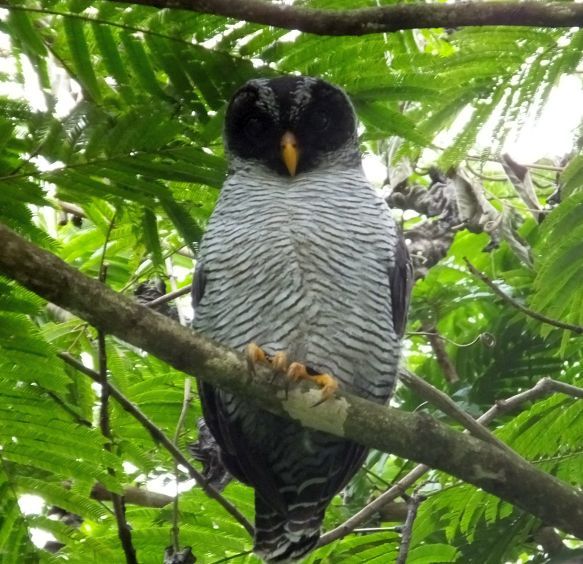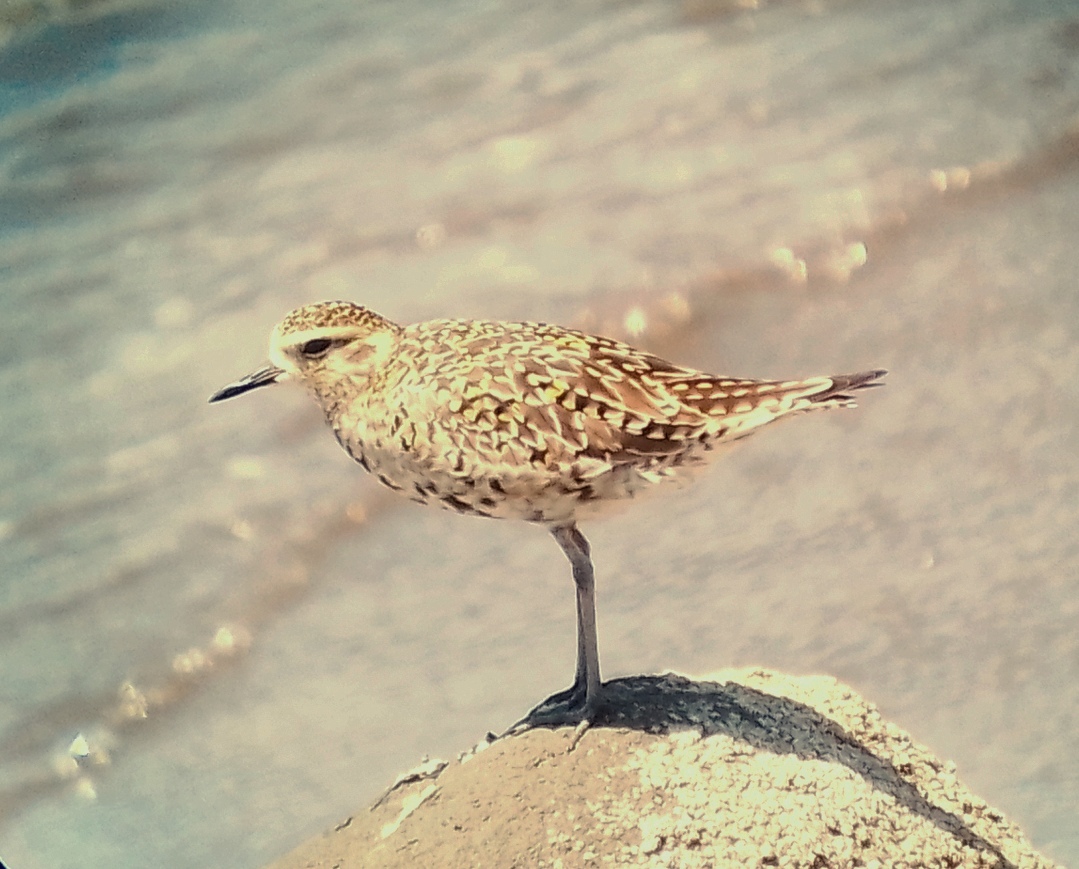Birding in Costa Rica in 2023 was 12 months of tanagers, quetzals, puffbirds, and more. Always much more.
Living and birding in a nation jam-packed with biodiversity promises good birding, pretty much all the time. To define “good birding”, I would say it’s having a fair chance of watching a healthy variety of birds with little effort. If you are headed to Costa Rica soon, consider yourself lucky because when you are birding in Costa Rica, good birding is the norm.
For me, this past year was stamped with a number of birding highlights including the following. I hope they give you an idea of local birding delights, where to go birding in Costa Rica, and expectations for this special tropical place.
American Bittern
This rare winter for Costa Rica was a major highlight for local birders. In Costa Rica, we have two main bitterns and three pseudo-bitterns. The two main ones, Least and Pinnated are local and only regular in a few spots. The psuedo-bittern tiger-herons aren’t that tough but since they aren’t really bitterns, I guess we have to leave them in their own vicious heron category anyways.

The other bittern possible in Costa Rica is the American Bittern, that water pumping bird of northern marshes. With only a few documented sightings, it’s not exactly regular. This winter, one came on down and picked a small marsh right next to a public road.
Ideal!
Even better, the bird stayed long enough for most local birders to see it! It’s so nice when a twitchable bird stays twitchable for more than a month. A shame the avocet didn’t follow suit but an American Bittern is pretty good compensation for birding in Costa Rica.
Owls
No matter when or where, every owl is a birding highlight. This year, I saw all regular owls except the “Puntarenas Screech-Owl” and that tiny bird of cold mountain nights, the Unspotted Saw-whet Owl. That’s no surprise, I mean I’m not even sure if I even tried for it. Maybe just once. I might still go for it before the year ends although it is kind of cold and desolate up there on Irazu and the high Talamancas.

The other owls were cool though! The last ones Marilen and I saw were a pair of roosting Black-and-white Owls at the Bogarin Trail. They should still be there, ask about them at the entrance.
All 6 Motmots
Motmots are such cool birds. Long weird tails, some jade green, splash of turquoise, these birds are exotic! In Costa Rica, we can also see four of them pretty easily. Those nice birds would be the Lesson’s, Turquoise-browed, Rufous, and Broad-billed.

The other two are a bit more on the tricky side of birding. However, if you know where they live, you can see the Tody Motmot and Keel-billed Motmot too. We got our year Keel-billed at the Bogarin trail just before we saw the owls.
Bare-necked Umbrellabirds
This year, I did alright with the big, rare, crow-like cotinga. I only saw two of them but even seeing one is special as sponge candy. The first was a female spotted by my friend Alec Humann right from the deck of the Arenal Observatory Lodge. The second was a young male that swooped into view on the road to Manuel Brenes.
Major birds! Right now, there should be a few at those sites, Centro Manu, and lowland rainforests like La Selva and Tirimbina.
Major Winter Birds
This year has been pretty exciting for winter birding in Costa Rica. In addition to the afore-mentioned American Bittern, local birders have also found a couple Lincoln’s Sparrows, Grasshopper Sparrows, American Avocet, American White Pelican, and some other rare species for Costa Rica. One of those choice birds was Costa Rica’s first documented Greater Scaup!
Rarest of all was a Short-eared Owl that showed up at a house in Cartago. As far as megas in Costa Rica go, this would be a triple threat mega, a Steller’s Sea Eagle level mega! Other than this adventurous bird, no Short-eared Owls have been documented in Costa Rica for like more than a century.
It also happened to fly away from that house, there’s a chance it’s wintering in some fields near there… The many pastures and sedge fields of Cartago would seem to be good habitat for it. Hopefully, this star owl has survived and is doing well (and will be found by local birders).
Interestingly enough, both the bittern and the owl can winter in similar habitats. Maybe a few other odd birds are out there. Would a Swamp Sparrow be too much to ask for?
Puntarenas Seabirding

I tell you, the birding is exciting at Puntarenas. At least for me, the seawatching is. Scan back and forth and something eventually flies into view, unexpected and pelagic birds that fly close enough to identify.
This past year, us and other local birders were treated to views of local mega Heerman’s Gull, and rare Herring and Ring-billed Gulls. One fine day, we also scoped a Sabine’s Gull beating the warm humid air with its patterned wings.
Other highlights included Pacific Golden-Plover (maybe the same bird as the previous year?), more than 200 Least Terns, and Wedge-rumped Storm-Petrels. Oh, there was also those mega Peruvian Boobies and Sooty Shearwater too! I wonder what’s on those waters right now?
New Birds for Costa Rica
Really, there’s too many highlights to mention. However, I have to note new birds documented for Costa Rica in 2023. These are Dark-billed Cuckoo and Lesser Kiskadee near Ciudad Neily, a crazy Common Pochard at Lago Angostura, and an anticipated Cattle Tyrant currently being seen at la Gamba!
The year is coming to an end but it’s not over yet! There’s always more birds to see and with the interesting migrants that have occurred, who knows what will show up next? Happy holidays, I hope to meet you while birding in Costa Rica in 2024!















